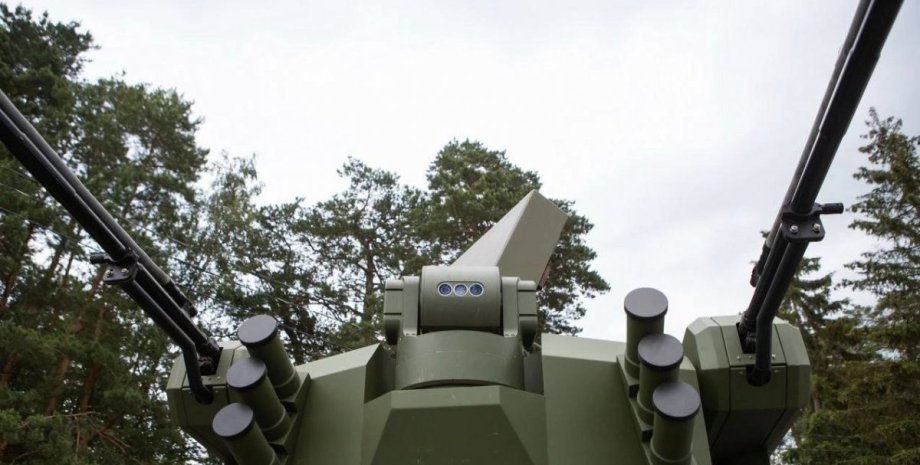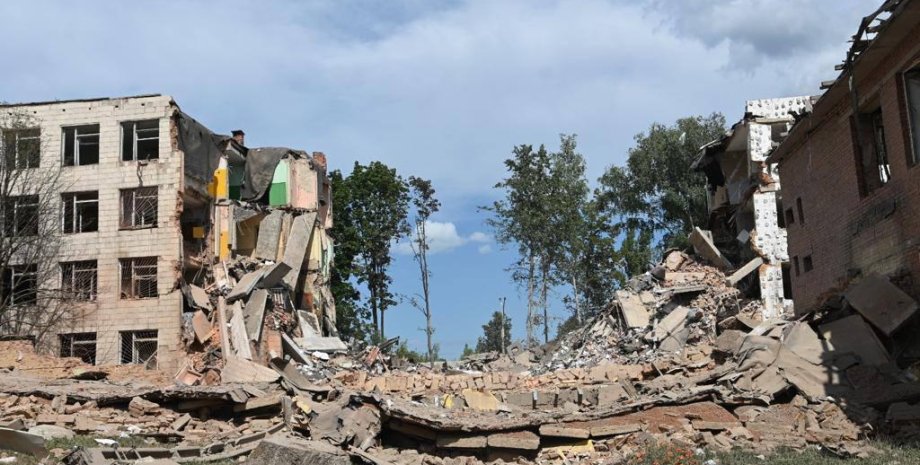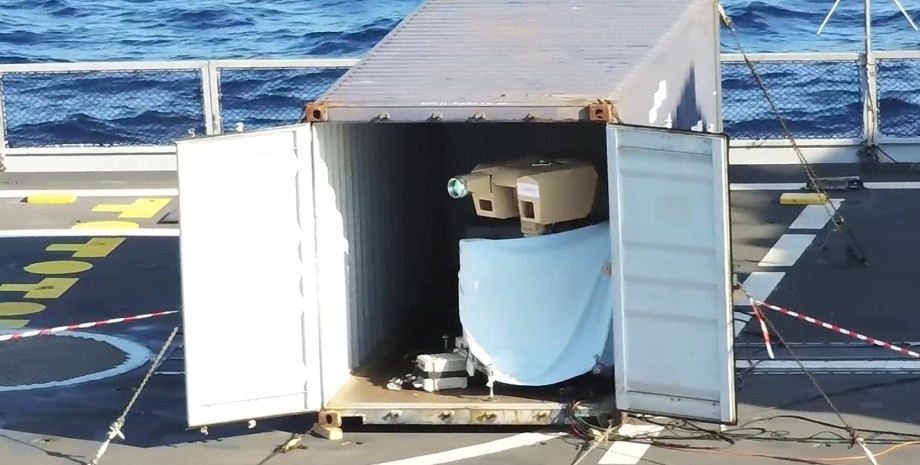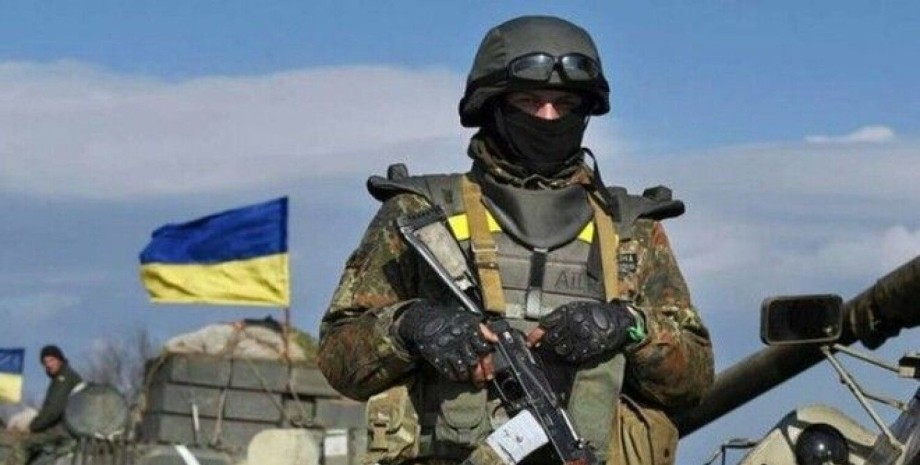
 By Eliza Popova
By Eliza Popova
UK Deputy Defense Secretary Luke Pollard admitted that the Ajax story was a "painful lesson" for the country's defense industry. "We can learn a lot of lessons. It took many, many years to secure the contract to supply Ajax. . . and we need to reduce that to a few months," the official said. The Ajax program started back in 2010, and the first deliveries were planned for 2017.
However, the project faced serious technical problems — excessive vibrations and noise caused the crews of the armored vehicles hearing loss and concussions, due to which the tests were repeatedly stopped. After modernization, it was possible to reduce the noise level, but even now the military has to use double earplugs and shock-absorbing pads. Despite this, the Ajax combat vehicle has entered service with the British Army and is ready for operation, the command claims.
This technique is designed to replace the aging CVR series, providing improved protection, greater firepower and improved situational awareness on the battlefield. In addition, the vehicles are equipped with advanced situational awareness systems, including modern sensors, communication and battle management systems, which increases the effectiveness of their interaction with other units on the battlefield.
Thanks to this, the basic version of Ajax can perform reconnaissance missions in the "gray zone" or even behind the front line at a distance of up to 8 km. However, critics point out that the Ajax is too expensive and its introduction into service has been delayed, especially as the war in Ukraine has shown the effectiveness of cheap FPV drones capable of hitting expensive armored vehicles. However, in response, the British military insists that such arguments are incorrect.
Thus, Lieutenant Andrew Rawlinson noted that the machines will not be effective if they are simply thrown into trench warfare on the Ukrainian model. But the British Army has a different approach. "We will not fight as Ukrainians," said the officer. Britain finally received the Ajax machines, and the military command explained that the BMP was created for integrated NATO operations, not for guerilla drone warfare.










All rights reserved IN-Ukraine.info - 2022